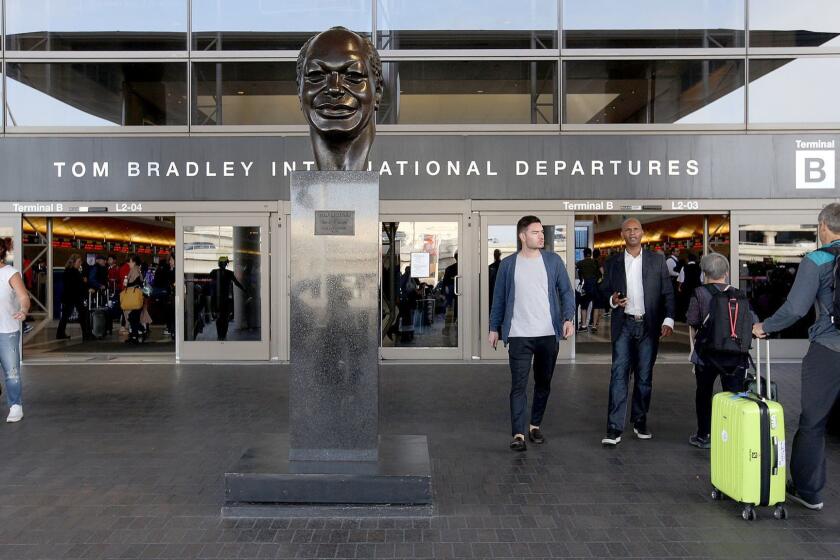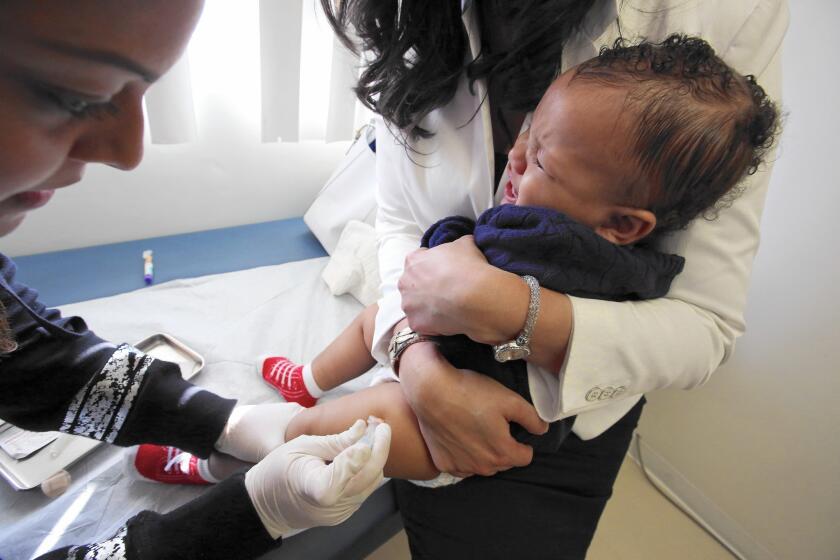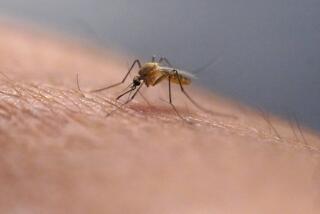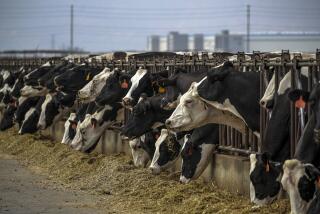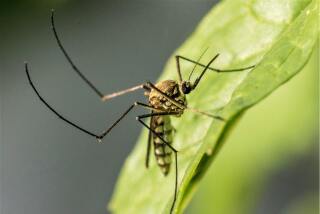Confirmed measles cases in Fresno County prompt renewed calls for vaccination
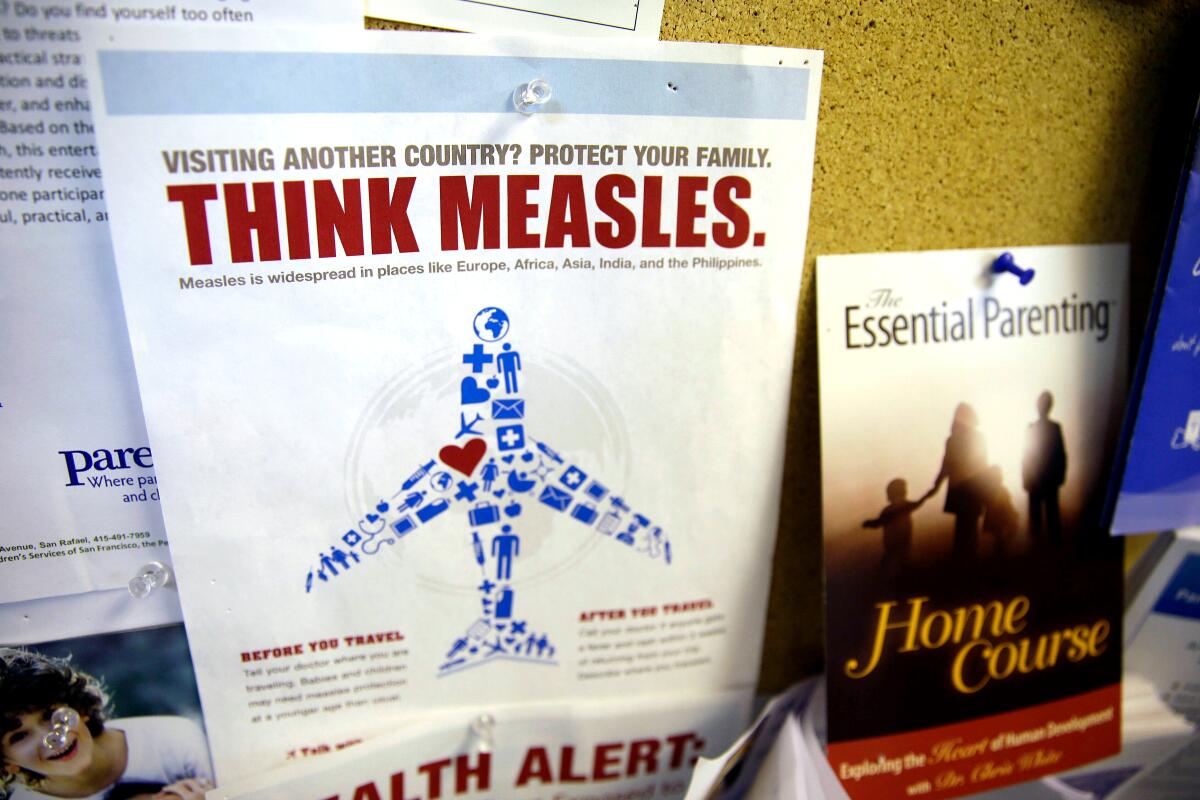
Two cases of measles have been reported in California’s Central Valley, prompting local officials to remind people to get their children vaccinated against the highly infectious disease.
The infections were confirmed in a single household in Fresno County. County health officials said they are working with their counterparts at the state level and in neighboring Madera County to contact individuals who may have been exposed but believe at this point that the risk to the general population is low.
“These cases are reminders of the critical role of vaccinations in protecting the community,” Dr. Rais Vohra, Fresno County‘s health officer, said in a statement. “The best way to protect yourself and your loved ones from measles is to get vaccinated. We urge all parents to please work with your pediatrician or contact the health department to help get your child up-to-date on vaccinations.”
It’s particularly important that people are vaccinated before traveling to other places in the world where measles is common, Fresno County health officials said.
The U.S. Centers for Disease Control and Prevention issued a health advisory Wednesday, warning that the 16 measles cases reported nationally over the first five months of this year is a significant increase from the three seen during the comparable period in 2022.
“Most of these cases were among children who had not received measles-mumps-rubella (MMR) vaccine,” the CDC advisory said.
Of the 16 cases reported so far this year, 14 were related to international travel. There are a number of popular tourist destinations that have suffered from measles outbreaks in recent years, such as London.
Los Angeles County is one of the most vulnerable places in America when it comes to measles, largely because of the thousands of travelers arriving every day from countries with massive outbreaks, a new study says.
Measles is highly contagious, and can cause serious illness — especially in children younger than 5. Common symptoms include a cough, runny nose, rash, high fever and red, watery eyes.
About 1 in 5 people in the U.S. who get measles will need to be hospitalized, and 1 out of every 1,000 people infected will develop swelling of the brain, which can lead to brain damage, according to the CDC.
Out of 1,000 measles-infected individuals, 1 to 3 will die, “even with the best care,” the CDC says.
Health officials recommend the measles vaccine be given in two doses: first at age 12 to 15 months, and the second between ages 4 and 6.
Although epidemiologists have not yet identified the person who brought measles to Disneyland, a new analysis shows that the highly contagious disease has spread to seven states and two other countries thanks to parents who declined to vaccinate their children.
California’s last significant measles flare-up occurred in late 2014 and early 2015, when an outbreak associated with Disneyland infected at least 131 Californians, and cases spread to seven other states, Canada and Mexico.
Declining rates of childhood vaccinations likely helped fuel that outbreak, officials said. California lawmakers responded by strengthening the requirement that schoolchildren receive vaccinations as a condition of entry into public or private schools — eliminating the ability of parents to seek religious or other personal-belief exemptions for their children.
Within a couple of years of the law’s implementation, the vaccination rate among California’s kindergartners rose.
Health officials have expressed concern about children falling behind on routine vaccinations because of delayed medical checkups during the COVID-19 pandemic. However, a study published by the CDC in January found no overall decline in coverage associated with the pandemic among children born in 2018 and 2019.
California officials on Friday declared the end of the Disneyland measles outbreak, but the political battle over immunization that it sparked continues to rage on.
Nonetheless, the study did document declines in vaccination among children living in poverty and in rural areas — with coverage falling by 4 to 5 percentage points during the pandemic.
“Coverage was typically higher among privately insured children than among children with other insurance or no insurance,” the study said.
Over the last decade, the year that saw the highest number of measles cases nationally was 2019. The 1,274 cases reported that year was the largest number since 1992, and most of them occurred in unvaccinated people.
Notable related outbreaks were reported in New York that year, with ongoing measles transmission “in large and close-knit Orthodox Jewish communities,” which accounted for 934 cases that year, according to a report published by the CDC.
Those outbreaks threatened the “elimination status” of measles in the U.S. — a term epidemiologists use to describe when a disease is absent, in terms of continuous transmission, for more than a year.
Federal officials declared measles eliminated in the U.S. in 2000 thanks to high vaccination rates, but outbreaks have occurred periodically since then.
More to Read
Sign up for Essential California
The most important California stories and recommendations in your inbox every morning.
You may occasionally receive promotional content from the Los Angeles Times.
